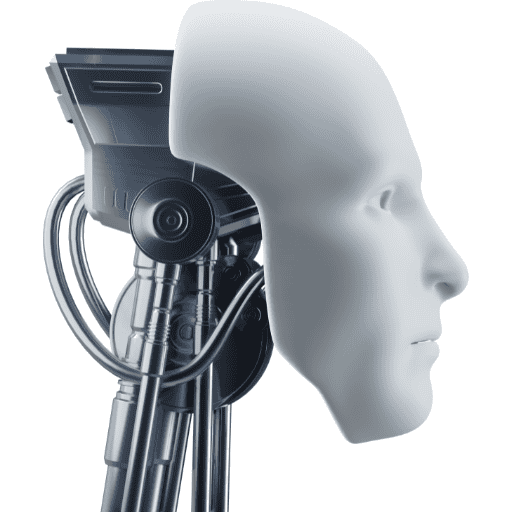AI in Law: Revolutionizing the Legal Field, But What About The Fees?

Leading the wave of change in the artificial intelligence space is the legal profession, where AI adoption has seen a near-fourfold surge in just a year.
This monumental shift cannot be understated, as more than 80% of lawyers now use or plan to use AI.
A recent report by LexisNexis captures this progression aptly - “The legal market is undergoing a significant transformation, with firms embracing AI to streamline operations and enhance service delivery while grappling with the challenges of maintaining accuracy, confidentiality, and ethical standards." Clearly, efficiency and client satisfaction are driving this revolution, but the road ahead is not devoid of hurdles.
Lawyers today utilize AI predominantly to expedite their work and improve client service, while earning a competitive edge. AI tools have changed not just the nature of legal work but also internal structures within law firms. From offering AI-powered products to furnishing AI-related training, approximately 60% of law firms are pivoting internally to harness the power of AI.
However, this process isn’t without its uncertainties. While AI is expected to reshape pricing mechanisms, its effect on the long-established billable-hour model remains murky. There’s also a paradox in client expectations versus firm beliefs. While an overwhelming 77% of in-house legal teams anticipate external counsel to adopt AI, there’s a gap in perception, with only 59% of firms believing clients wish to be informed of their AI usage.
Another crucial aspect revolves around training and skills development for budding lawyers. With the rise of generative AI tools proficient in research and drafting, traditional training models need to adjust. Bird & Bird partner Pawel Lipski captures this concern by saying, “As generative AI tools become better in research and drafting, it may be very challenging for younger colleagues to get proper training…It will certainly not be the kind of training I had.”
To accommodate AI’s foray while maintaining the integrity of the profession, industry mavens emphasize the ’lawyer-in-the-loop’ principle, an approach that ensures human oversight in AI implementation. Gerrit Beckhaus, Partner and Co-head of Freshfields Lab, Freshfields Bruckhaus Deringer, describes this as the most crucial principle and highlights their focus on human-centred legal AI.
Thus, while the legal landscape embraces AI-driven transformation, concerns such as over-reliance on technology, possible inaccuracy, and adherence to ethical standards pose significant challenges. Yet, with a ’lawyer-in-the-loop’ approach and redesigning of junior lawyer training, the profession aims to balance rapid technology integration with its ethical and practical responsibilities.
The jigsaw puzzle of AI’s impact on the legal sector is gradually piecing together, enveloping both vast opportunities and potent challenges. The journey may be uncertain, but the destination - a legal landscape where AI drives efficiency, enhances services, and empowers legal professionals – seems both promising and inevitable. The AI revolution in law is here, and its impact, irrefutable.
